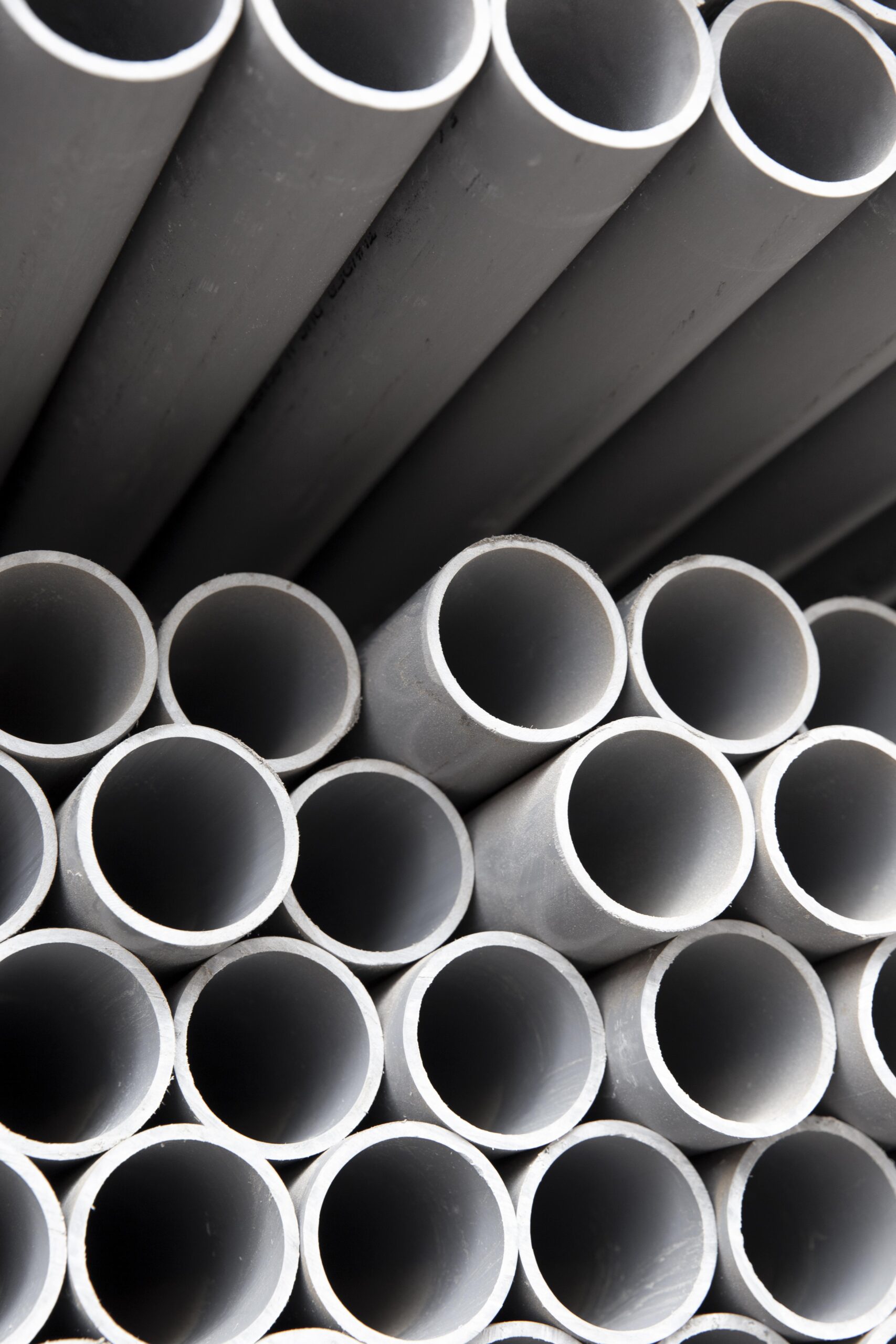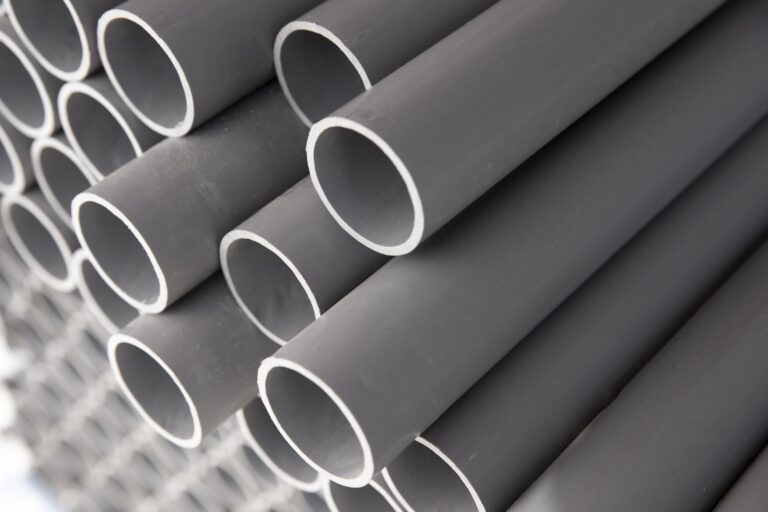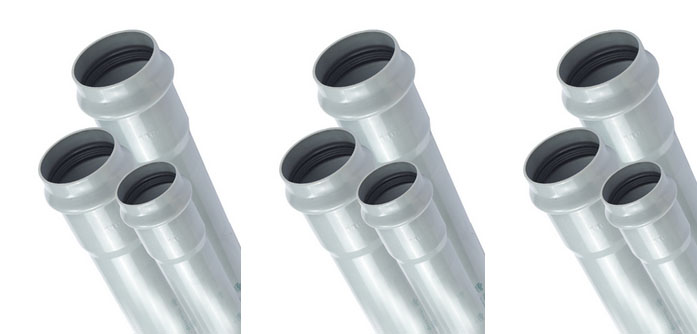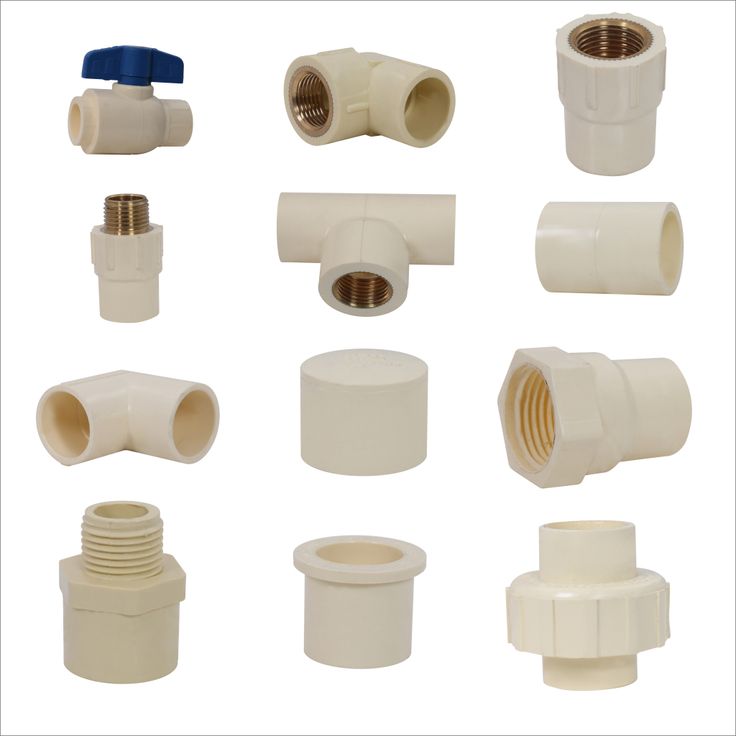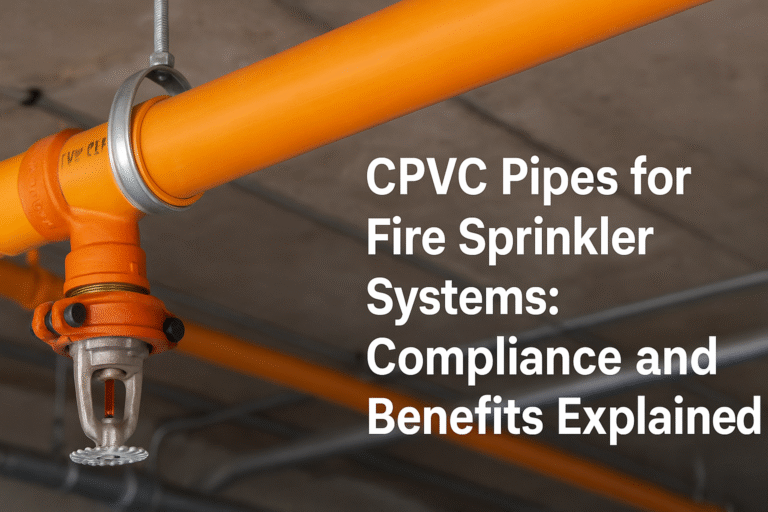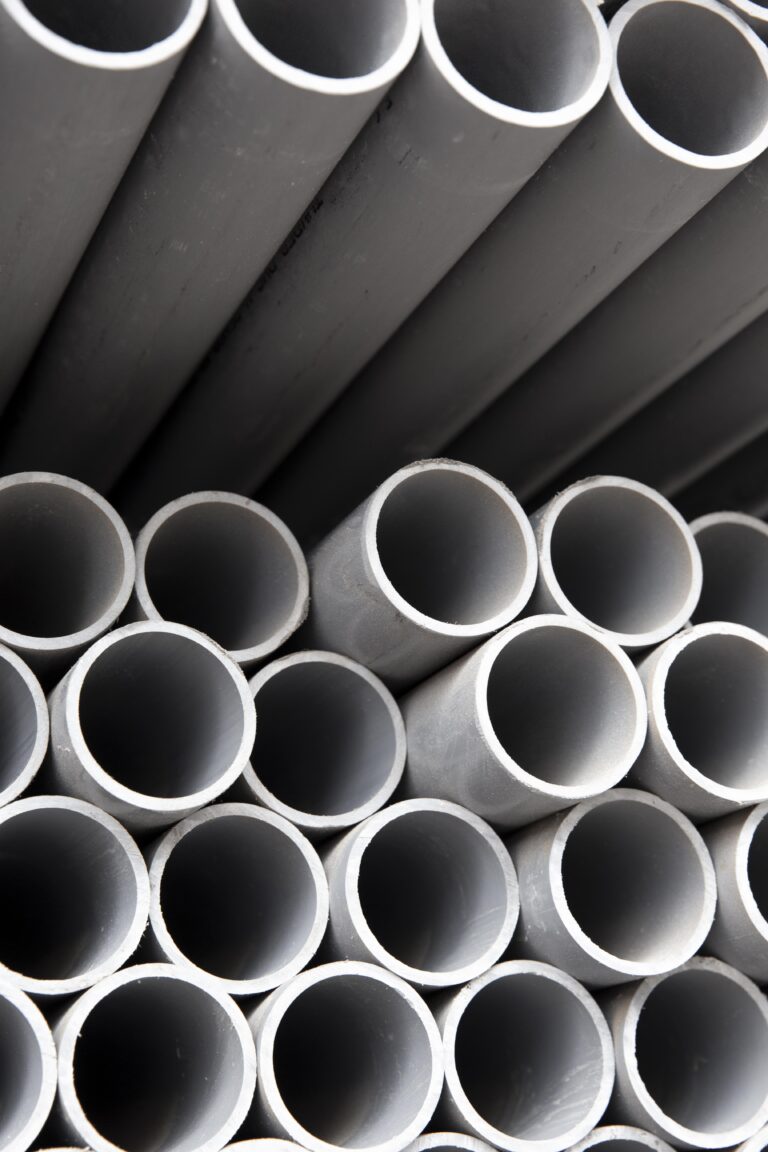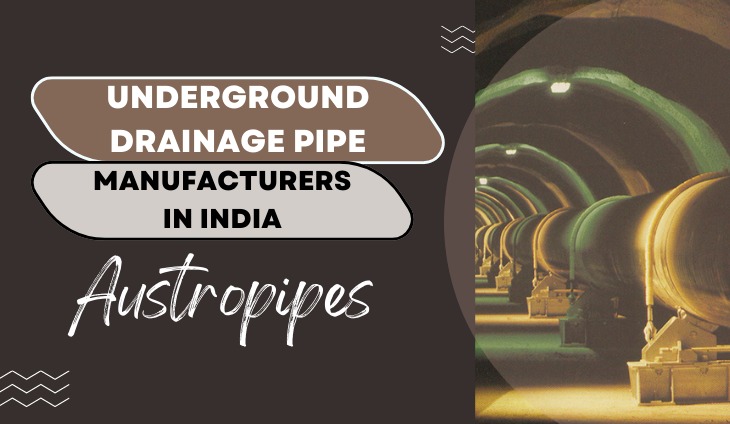Can CPVC Be Recycled? Breaking Down the Sustainability of Plumbing Materials
The conversation around sustainability in construction and plumbing materials has gained significant traction in recent years. As industries strive to minimize environmental impact, one of the key questions that arise is whether CPVC (Chlorinated Polyvinyl Chloride) pipes can be recycled.
Given the growing emphasis on sustainable construction practices, understanding the recyclability of CPVC pipes and their overall environmental footprint is crucial.
In this article, we will explore the recycling potential of CPVC pipes, break down the sustainability of plumbing materials, and discuss how CPVC compares to other piping options like UPVC. We’ll also cover how the BIS standards for CPVC pipes help maintain product quality while ensuring environmental considerations.
Austropipes, a trusted CPVC pipe company, delivers BIS-certified pipes that ensure durability, eco-friendliness, and sustainable plumbing solutions
What is CPVC and Why is it Popular in Plumbing?
CPVC is a widely used material in plumbing systems due to its excellent resistance to heat, corrosion, and chemicals. It is commonly found in both residential and industrial plumbing systems and is typically used for transporting hot and cold water. Its durability, ease of installation, and long lifespan make it a popular choice for builders, contractors, and homeowners alike.
However, with the rise of eco-conscious consumerism and the global push toward sustainability, the question of whether CPVC can be recycled has become more pressing. To answer this, we need to examine the nature of CPVC, its disposal impact, and its recyclability.
The Sustainability of CPVC Pipes
When we talk about the sustainability of any material, we need to consider its life cycle: from production, use, to disposal. The production of CPVC pipes requires significant energy and the use of petrochemicals. However, CPVC pipes, once in place, offer significant durability and require less maintenance over time. These properties contribute to the long lifespan of CPVC pipes, which means less frequent replacement and fewer pipes being discarded prematurely.
In terms of environmental impact, CPVC pipes have their pros and cons:
- Longevity: CPVC pipes are durable and have a long life span. As a result, fewer replacements are required, which reduces waste over time.
- Energy-Intensive Production: Manufacturing CPVC pipes can be energy-intensive, contributing to carbon emissions. However, advances in manufacturing technology continue to reduce the overall environmental footprint of CPVC pipe production.
- Recyclability: CPVC pipes can be recycled, but it is a complex process. Unlike other plastics like PET, which can be easily recycled into new products, CPVC pipes require specialized processes to be reused, making the recycling process less common.
Can CPVC Be Recycled?
Yes, CPVC can be recycled, but it is not as simple as recycling some other materials like polyethylene or polypropylene. CPVC is made from a chlorinated version of polyvinyl chloride (PVC), which is more rigid and resistant to high temperatures, making it a desirable material for plumbing. However, the recycling process involves breaking down the polymer and processing it into smaller pieces, which can then be reused to make new products.
The challenges in recycling CPVC include:
- Limited Facilities: While CPVC can technically be recycled, the infrastructure for recycling it is limited. This means that, in practice, CPVC pipes are often sent to landfills instead of being reused.
- Specialized Processing: CPVC requires specific conditions for recycling, including special equipment and processes to safely break down the material without releasing harmful substances.
- Quality Concerns: Recycled CPVC may lose some of its original strength and durability, limiting its potential for reuse in high-performance applications like plumbing.
Despite these challenges, ongoing efforts are being made to improve CPVC recycling, with some manufacturers investing in advanced technologies to recycle CPVC pipes more efficiently.
Comparing CPVC with UPVC in Terms of Sustainability
While CPVC is a popular choice for plumbing systems, UPVC (Unplasticized Polyvinyl Chloride) is another widely used material. Understanding how CPVC compares to UPVC in terms of sustainability can help buyers make informed decisions. Both CPVC and UPVC pipes are durable and cost-effective, but there are differences between the two in terms of their environmental impact.
- Material Composition: Both CPVC and UPVC are made from PVC, but CPVC contains chlorine molecules that make it more resistant to heat. However, this also makes it more energy-intensive to produce.
- Recyclability: UPVC, like CPVC, is recyclable, but its recycling infrastructure is more developed. UPVC pipes are easier to recycle and can be reused in a variety of applications, making them slightly more sustainable in terms of disposal.
- Usage: CPVC is used primarily for hot and cold water distribution, whereas UPVC is used for cold water systems and drainage. The specific use cases of these materials mean that their sustainability is also affected by the type of application.
BIS Standards for CPVC Pipes and Their Role in Sustainability
The Bureau of Indian Standards (BIS) plays a crucial role in ensuring the quality and safety of CPVC pipes. BIS standards for CPVC pipes (IS 15778: 2007) ensure that the pipes manufactured meet the necessary strength, durability, and performance criteria for plumbing applications. Adherence to these standards ensures that CPVC pipes are safe for use and have a long lifespan, which contributes to their overall sustainability.
BIS standards for UPVC pipes (IS 4985: 2000) also ensure that UPVC pipes meet similar quality and safety benchmarks. By ensuring the pipes meet rigorous standards, BIS helps promote the longevity of plumbing systems, thereby reducing the need for frequent replacements and minimizing waste.
Plumbing Pipe Certifications in India
In India, plumbing materials, including CPVC and UPVC pipes, are subject to various certifications to ensure they meet national and international quality standards. These certifications include compliance with BIS standards for CPVC and UPVC pipes, as well as other certifications like ISO for manufacturing processes and environmental safety.
For consumers and industry professionals, choosing certified pipes ensures that the materials used are reliable, durable, and safer for long-term use. This can contribute to the overall sustainability of a plumbing system.
CPVC Pipe Manufacturing Standards and Their Environmental Impact
CPVC pipe manufacturing standards, such as those outlined by BIS, ensure that the production of CPVC pipes is carried out efficiently and safely. These standards include specifications for the material composition, pipe dimensions, and testing procedures, all of which help ensure the quality of the final product.
Manufacturers that follow these standards not only contribute to the durability and safety of the pipes but also reduce the energy and resources required for production. By improving manufacturing processes, CPVC pipe manufacturers can reduce their environmental impact.
CPVC Pipe Quality Standards and Sustainability
CPVC pipe quality standards, as set out by organizations like BIS, focus on ensuring that the pipes are of the highest quality, capable of withstanding high temperatures, pressure, and chemical exposure. High-quality pipes are more durable and less likely to need replacement, contributing to long-term sustainability by reducing waste.
Trust Austropipes for the best PVC pipe for water supply, designed to meet BIS standards with durability, safety, and long-lasting performance.
Final Thoughts
CPVC pipes, though challenging to recycle, offer long-term sustainability in plumbing systems due to their durability and resistance to high temperatures and pressure. Understanding BIS standards for CPVC pipes ensures that these materials are produced to the highest quality, contributing to the overall environmental sustainability of plumbing systems.
At Austropipes, we are committed to providing high-quality, durable, and eco-friendly CPVC pipes that meet all required standards, ensuring both performance and sustainability in your projects.
Frequently Asked Questions
Can CPVC be recycled?
Yes. CPVC can be recycled, but the process is more complex than recycling some other plastics. Specialized equipment and facilities are needed to break down the material and repurpose it.
What are BIS standards for CPVC pipes?
BIS standards for CPVC pipes (IS 15778: 2007) ensure that the pipes meet essential criteria for material quality, pressure resistance, and durability, contributing to their longevity and reliability.
How does CPVC compare to UPVC in terms of sustainability?
CPVC is more energy-intensive to produce and harder to recycle than UPVC. However, both materials offer long lifespans, contributing to sustainability by reducing the need for frequent replacements.
Why is CPVC used for hot water systems?
CPVC is resistant to high temperatures, making it ideal for transporting hot water. It can handle temperatures up to 90°C, which makes it a suitable choice for plumbing systems that deal with hot water.
Are CPVC and UPVC pipes both recyclable?
Yes. Both CPVC and UPVC pipes are recyclable, although CPVC requires specialized equipment for recycling, making it less commonly recycled than UPVC.
What is the role of BIS standards in CPVC pipe manufacturing?
BIS standards for CPVC pipes ensure the pipes are manufactured to the highest quality and safety standards, guaranteeing their durability and reducing the need for replacements.
Are there eco-friendly alternatives to CPVC pipes?
Yes. Some manufacturers are exploring alternatives such as biodegradable plastics and other eco-friendly materials. However, CPVC remains one of the most durable and cost-effective options available.
How can CPVC pipes contribute to sustainability in construction?
CPVC pipes contribute to sustainability by offering a long lifespan, reducing the need for frequent replacements. Their durability and resistance to corrosion also minimize the environmental impact over time.
Are CPVC pipes energy-efficient?
Yes. CPVC pipes are energy-efficient in the sense that they are highly durable and require less maintenance and replacement, reducing the energy and resources spent on repairs or replacements.
Can I trust Austropipes for high-quality CPVC pipes?
Yes. Austropipes offers CPVC pipes that meet the highest BIS standards, ensuring top-notch quality, durability, and sustainability for various plumbing applications.

